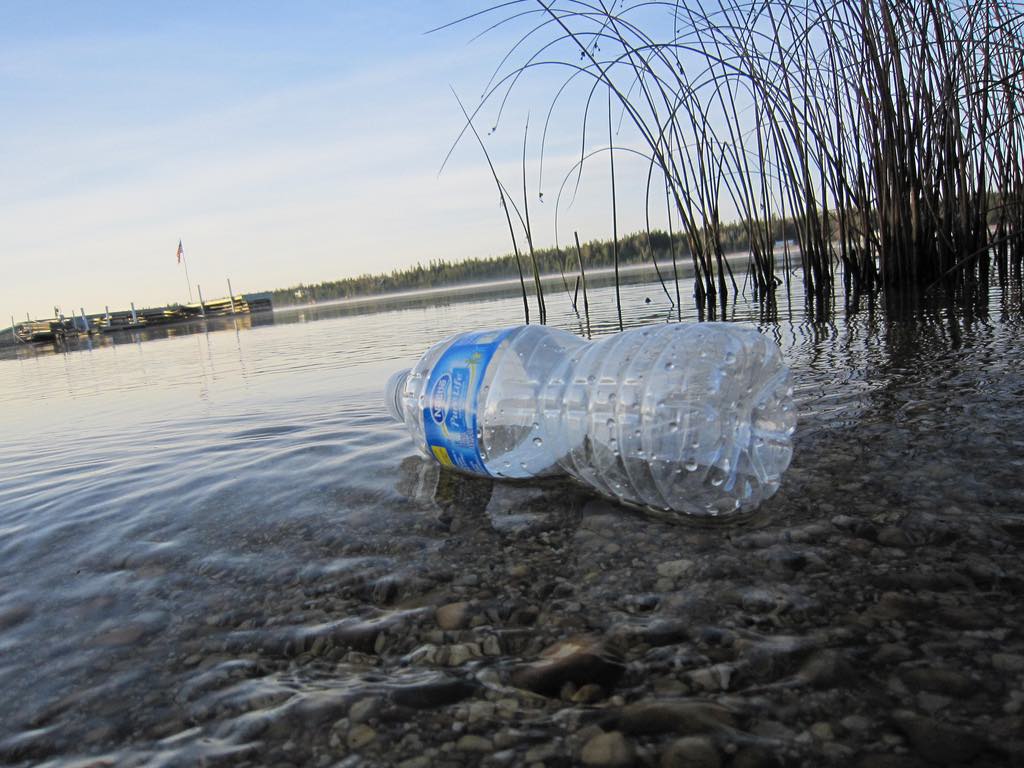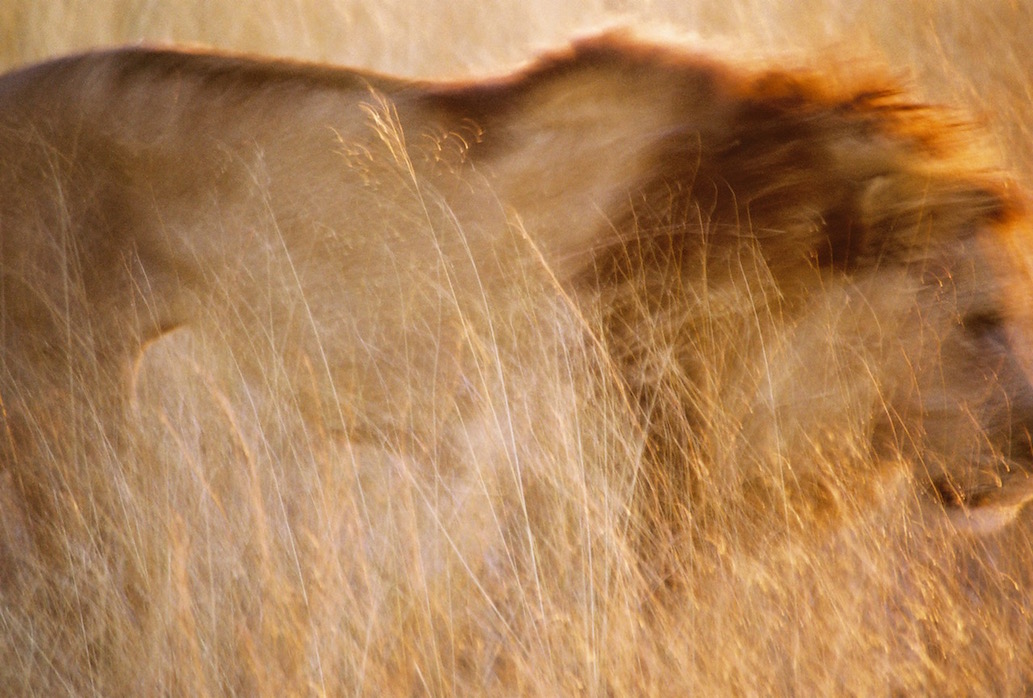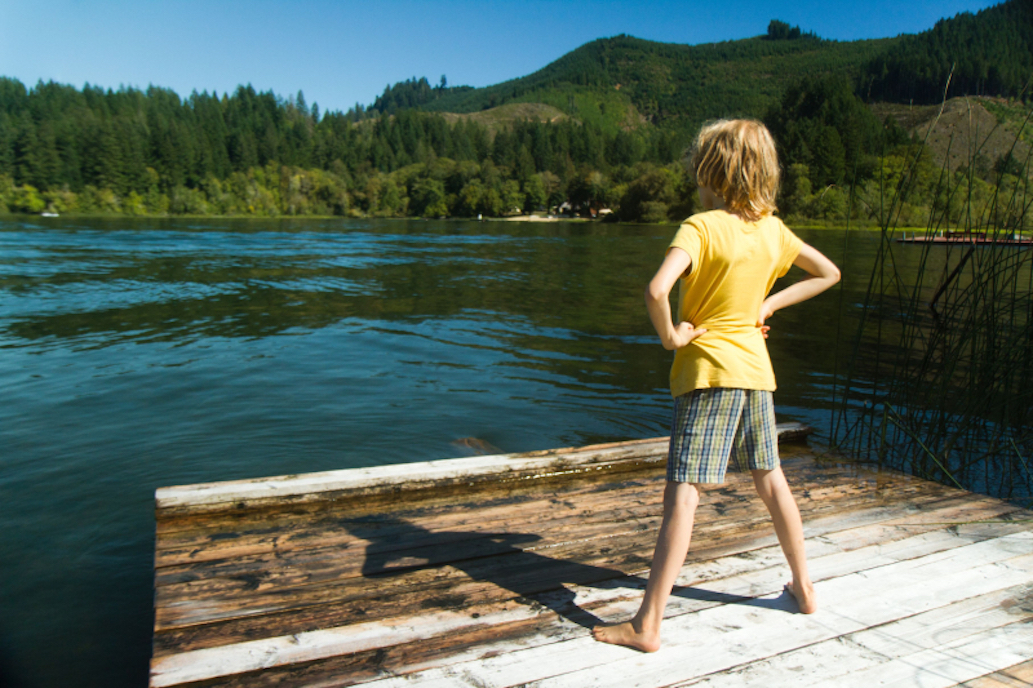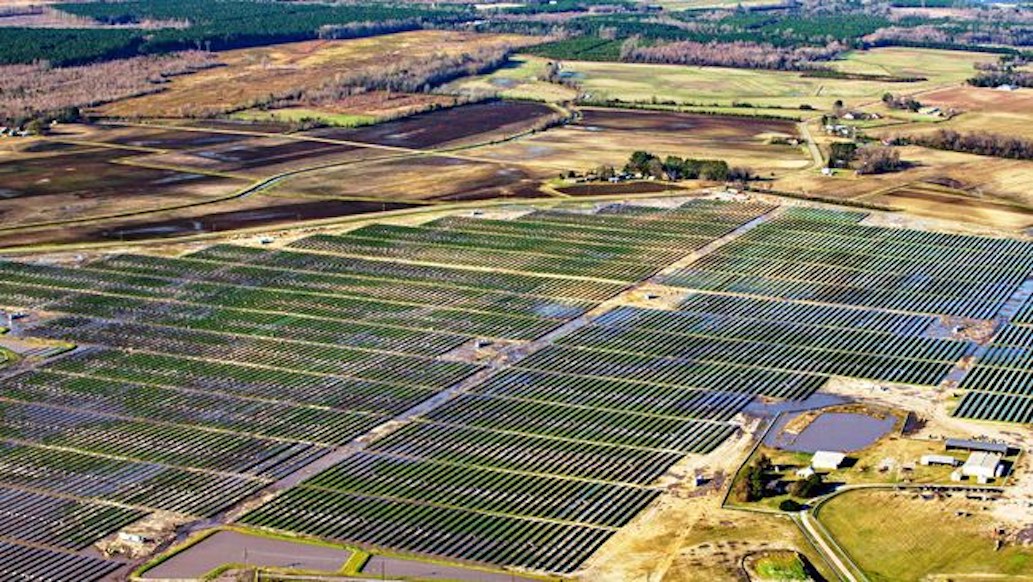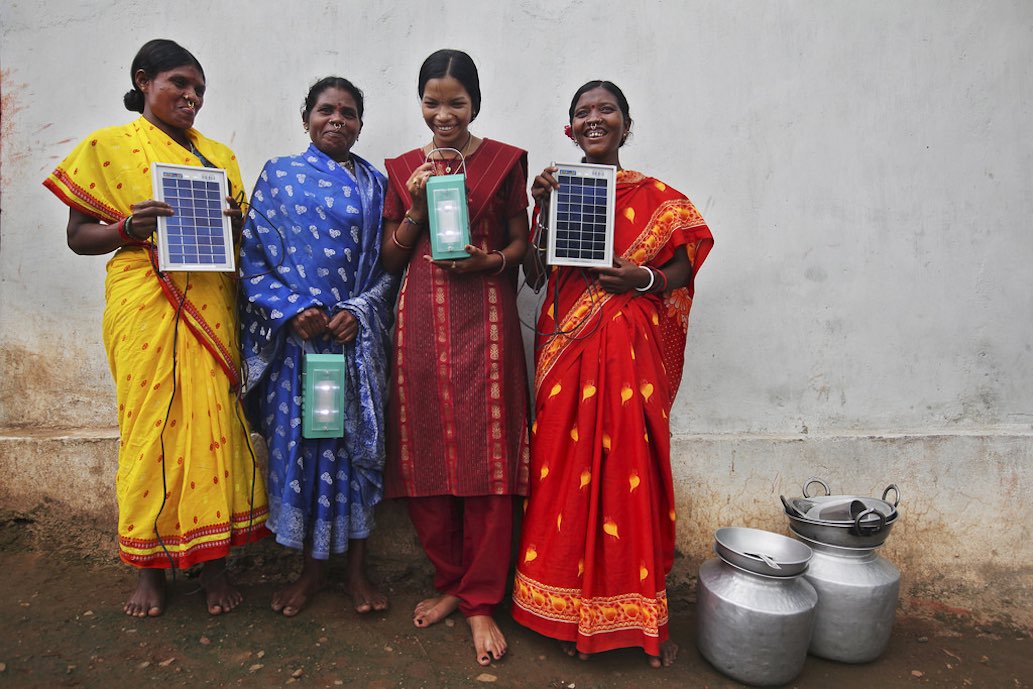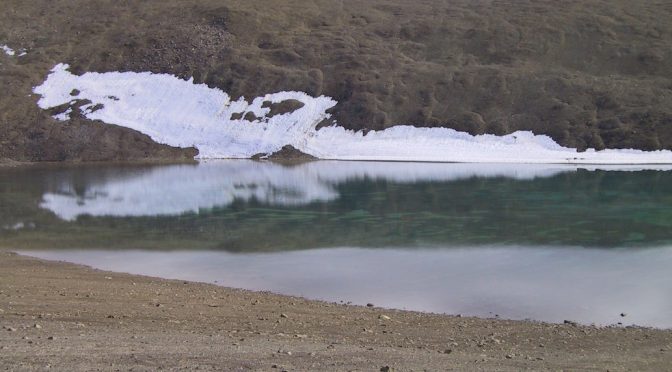
Regime Shift for Permafrost Arctic Permafrost Thawing
- Arctic, Climate, Enviroment, News
- arctic, climate tipping point, Featured, permafrost
- June 18, 2016
Nowhere is the climate changing faster than in the Arctic. The region is warming at about twice the rate of the global average, with atmospheric temperature anomalies as much as 13 degrees Fahrenheit above normal reported in January.
Permafrost becomes especially vulnerable to these rapid changes, creating land subsidence, habitat change, and a potentially catastrophic release of carbon and methane as the once-frozen organic matter decomposes.
Arctic permafrost: the big thaw
Much of the terrestrial Arctic permafrost currently remains well below freezing. At current rates of warming, scientists estimate it could take another 70 years for these frozen soils to fully melt.
Depending on the emissions scenario over the coming decades, researchers project anywhere from a 30 to 70 percent decline in near-surface permafrost by the end of the century. Our current emissions trajectory being the high end of that estimate, according to research cited Adam Wernick in a Public Radio International article:
If 70 percent of the permafrost thaws, scientists expect to lose 130 to 160 billion tons of carbon into the atmosphere by the end of this century,” writes Adam Wernick. “To put that in perspective, in 2013 the United States emitted 1.4 billion tons of carbon from fossil fuel combustion and cement production.
Thawing permafrost represents a potential “tipping point” for runaway climate change. As more permafrost melts, more methane and CO2 are released into the atmosphere, increasing temperatures, causing more permafrost to melt, releasing more greenhouse gasses – a relatively sudden and abrupt oscillation into a self-amplifying feedback loop.
A “regime change” for permafrost below shallow Arctic lakes
A study accepted for publication this week in the journal Geophysical Research Letters indicates an ongoing “regime shift” is underway in sub-lake permafrost. The soil below these shallow Arctic lakes is naturally warmer and is already thawing, as the following press release from the American Geophysical Union explains:
New research shows permafrost below shallow Arctic lakes is thawing as a result of changing winter climate.
Joint Release:
- American Geophysical Union
- University of Alaska Fairbanks
- U.S. Geological Survey
16 June 2016
Warmer winters combined with an increase in snowfall during the last 30 years have limited the growth of seasonal lake ice. In response, lakebed temperatures of Arctic lakes less than 1 meter (3 feet) deep have warmed by 2.4 degrees Celsius (4.3 degrees Fahrenheit) during the past three decades, and during five of the last seven years, the mean annual lakebed temperature has been above freezing.
These rates of warming are similar to those observed in terrestrial permafrost, yet those soils are still well below freezing and thaw is not expected for at least another 70 years. However, a regime shift in lake ice is leading to sub-lake permafrost thaw now.
Since permafrost underneath lakes is generally warmer than the surrounding terrestrial permafrost, rising temperatures in the lakebeds make permafrost thaw sooner than beneath surrounding dry land. These lakes may cover 20 to 40 percent of the landscape in vast areas of Arctic lowlands.
“During the 1970s, late winter lake ice thickness measurements commonly exceeded 2 meters (6.5 feet) in northern Alaska. Such thick ice growth helps to limit sub-lake permafrost thaw by freezing the sediments solid each winter. However, during winter field surveys over the last decade, lake ice has typically only grown to 1.5 meters (5 feet) thick, and has been as thin as 1.2 meters (4 feet),” said Christopher Arp, research assistant professor at the University of Alaska Fairbanks (UAF) Water and Environmental Research Center and lead author of the new study accepted for publication in Geophysical Research Letters, a journal of the American Geophysical Union.
These drastic reductions in lake ice, caused by changes in winter climate, are the primary reason that shallow lakebed temperatures are warming and the permafrost below them is thawing.
Interactions and feedbacks among climate, permafrost, and hydrology underscore the complexity of forecasting change in the Arctic. For example, thinner lake ice may help fish overwintering, or it may help the oil industry since they need lake water to build winter ice roads. However, sub-lake permafrost thaw will likely unlock a portion of the permafrost carbon pool and potentially release this carbon in the form of greenhouse gasses.
These findings also highlight the importance of conducting winter fieldwork in the Arctic.
“Arctic lakes and ponds are typically ice covered for nine months of the year, but research on them typically occurs during the short Arctic summer. To more fully understand Arctic lake dynamics and to document the changes we have observed requires also doing fieldwork under often harsh conditions during the cold and dark arctic winter,” said Benjamin Jones of the U.S. Geological Survey in Anchorage and co-author of the new study.
“With further thawing of sub-lake permafrost there is a good chance that the ground will subside, increasing the lake depth and accelerating further permafrost thawing. In contrast, the warming on the land may increase the protective vegetation layer and delay thawing of permafrost outside of lakes,” said Vladimir Romanovsky of the UAF Geophysical Institute and co-author of the new study.
With increasingly warmer and snowier winters yielding thinner lake ice, shallow lakes will likely continue to warm, Arp said.
The American Geophysical Union is dedicated to advancing the Earth and space sciences for the benefit of humanity through its scholarly publications, conferences, and outreach programs. AGU is a not-for-profit, professional, scientific organization representing more than 60,000 members in 139 countries. Join the conversation on Facebook, Twitter, YouTube, and our other social media channels.
Image credit: Anthony Kendall, courtesy Flickr
